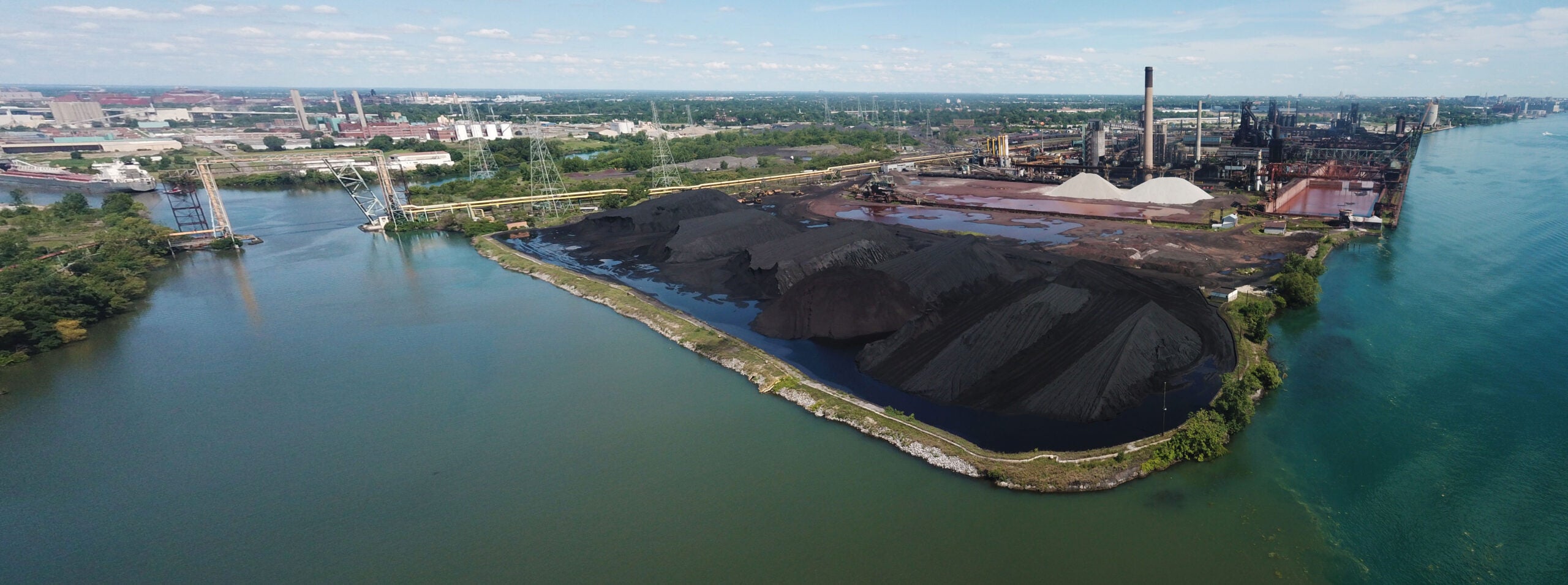EPA Proposes Overdue Air Standards for Cancer-Causing Coke Ovens Emissions
The overdue emissions standards will include fenceline monitoring, updated standards to lower emissions from certain sources, and new limits on previously unregulated air toxics
Contact
The Environmental Protection Agency (EPA) today proposed updated air toxic standards for carcinogenic coke oven emissions that are a step forward for protecting public health.
The standards include protective provisions like fenceline monitoring, updated standards to lower emissions from certain sources, and new limits on previously unregulated air toxics. The proposed rule also eliminates the use of startup, shutdown, and malfunction loopholes that allowed releases of unlimited amounts of coke oven emissions without consequence.
Fenceline monitoring that requires corrective action informs polluters, EPA, and the public when toxic air levels exceed federally established limits and requires the polluter to reduce emissions. EPA’s proposed standards could likely be more protective through even greater emissions reductions. The public will have 45 days to comment on the proposed rule.
“Fenceline monitoring and corrective action levels are protective measures that EPA should include in many air toxics rules as an effective compliance measure,” said Earthjustice Attorney Adrienne Lee. “This monitoring informs us of when harmful coke oven emissions exceed EPA-established limits, while the corrective action piece requires a polluter to take immediate steps to bring emissions down. These measures also more accurately inform EPA how much pollution companies emit daily.”
A coke oven is a chamber that heats up coal to produce coke, a hard deposit used to make steel. These chambers release lead, mercury, benzene, and other hazardous air pollutants. These emissions are toxic to humans and threaten public health.
Coke oven emissions increase the risk of people developing cancers of the lung, kidney, prostate, and more. Chronic exposure to coke oven emissions can also result in pink eye, severe eczema, and lesions in the respiratory and digestive systems.
The Clean Air Act requires EPA to set emission standards for coke ovens and continuously update those standards every eight years as pollution control methods and health risks change. The agency was supposed to update coke oven emissions standards over a decade ago.
New strong emissions standards are desperately needed to protect public health. When EPA last reviewed the standards for coke ovens in 2005, it allowed coke ovens to continue emitting extremely dangerous levels of pollution. As a result, the maximum individual cancer risk from coke ovens is 5 in 10,000, which is five times greater than EPA’s own benchmark goal in setting risk-based standards.
Earthjustice sued EPA in 2019 on behalf of several community and environmental organizations, seeking to force EPA to fulfill its overdue and statutorily required duties to review and revise coke oven emission standards. The Court ordered EPA to complete the required rulemaking by December 26, 2022. Last fall, the Court extended that deadline to May 23, 2024, to allow EPA to incorporate additional data into the rulemaking.
Quote from our clients:
“Protecting communities hosting these coke oven facilities from emissions at the fenceline which damage their health must be a priority,” said Jane Williams, chair of the Sierra Club’s National Clean Air Team. “Including fenceline monitoring with an action trigger threshold is a huge step forward in regulating these highly toxic facilities and is long overdue.”
“The addition of meaningful fenceline monitoring is critical to protect the health of these long-overburdened communities,” said Angela Kilbert, a senior attorney at PennFuture. “Removing exemptions for startups, shutdowns, and malfunctions will also go a long way in reducing harm from these polluting facilities.”

Additional Resources
About Earthjustice
Earthjustice is the premier nonprofit environmental law organization. We wield the power of law and the strength of partnership to protect people's health, to preserve magnificent places and wildlife, to advance clean energy, and to combat climate change. We are here because the earth needs a good lawyer.